John A. Keel - The Best of John Keel
Here you can read online John A. Keel - The Best of John Keel full text of the book (entire story) in english for free. Download pdf and epub, get meaning, cover and reviews about this ebook. year: 2014, publisher: Galde Press, Inc., genre: Science fiction / Religion. Description of the work, (preface) as well as reviews are available. Best literature library LitArk.com created for fans of good reading and offers a wide selection of genres:
Romance novel
Science fiction
Adventure
Detective
Science
History
Home and family
Prose
Art
Politics
Computer
Non-fiction
Religion
Business
Children
Humor
Choose a favorite category and find really read worthwhile books. Enjoy immersion in the world of imagination, feel the emotions of the characters or learn something new for yourself, make an fascinating discovery.
- Book:The Best of John Keel
- Author:
- Publisher:Galde Press, Inc.
- Genre:
- Year:2014
- Rating:3 / 5
- Favourites:Add to favourites
- Your mark:
- 60
- 1
- 2
- 3
- 4
- 5
The Best of John Keel: summary, description and annotation
We offer to read an annotation, description, summary or preface (depends on what the author of the book "The Best of John Keel" wrote himself). If you haven't found the necessary information about the book — write in the comments, we will try to find it.
The Best of John Keel — read online for free the complete book (whole text) full work
Below is the text of the book, divided by pages. System saving the place of the last page read, allows you to conveniently read the book "The Best of John Keel" online for free, without having to search again every time where you left off. Put a bookmark, and you can go to the page where you finished reading at any time.
Font size:
Interval:
Bookmark:
The Best of
John Keel
Volume 1
Files of Fate Magazine
edited by Andrew Honigman
2006
Galde Press, Inc.
Lakeville, Minnesota, U.S.A.
The Best of John Keel, Volume 1
Copyright 2006 by John Keel
1989, 1990, 1991, 1992 by Fate magazine
All rights reserved.
Printed in the United States of America
No part of this book may be used or reproduced in any manner whatsoever without written permission from the publishers except in the case of brief quotations embodied in critical articles and reviews.
First Edition
First Printing, 2006
Cover design by Christopher Wells
Galde Press, Inc.
PO Box 460
Lakeville, Minnesota 550440460
Contents
John A. Keel has been entertaining, amazing, and infuriating readers since the 1940s. Theres nobody quite like him; hes as much an anomaly as the puzzling creatures and events that hes been reporting all those years.
Alva John Kiehle was born on March 25, 1930, in Hornell, a small town in northern New York. His father was a singer and bandleader; his mother he remembers as a lively, pretty girl with a strong sense of humor. The marriage didnt last long, however, so he was sent to his grandparents; he joined his mother and her new husband on their farm in nearby Perry when he was ten.
The insatiable Keel curiosity kicked in early. He was, he recalls, a reading machine, and devoured books on every possible topic: science, travel, humor, electronics. Like many boys, he was enthralled by magic and aviation; he was a fan of the comic strip Smilin Jack and read everything he could find on Houdini. By the time he was twelve, he had a brush with the paranormal: an attic poltergeist that answered his knocks. By fourteen, he had invested a nickel in a typing manual from the drugstore and taught himself to type. Soon, he was renting his own office, where he wrote a column for the Perry Herald (Scraping the Keel), published the school paper ( The Jester ), and mailed off stacks of magazine submissionsall while working on the family farm. By sixteen, he had discovered the heady subculture of science fiction and was publishing his own fanzine, The Lunarite . He even sold a piece to the New Yorker quite a feat for a small-town teen.
Obviously, Perry was no place for such ambition. School held little interest for him, and his family nagged him to stick to farming. So, in 1947, he hitchhiked to Manhattanor, more precisely, to Greenwich Village, home base for all aspiring young artists and writers. There, he set to work, editing magazines ( Poets of America and Limelight , for example); and writing comic books, radio shows, TV scripts (for pioneer station WABD), and countless articles and short stories.
To the Selective Service, however, the budding author was just another healthy specimen; in 1951, they informed Mr. Keel that he was expected at his draft board. He was assigned to Frankfurt, where he served in the Armed Forces Network. His programming ideasremote broadcasts from Frankensteins Castle and the Great Pyramidearned him plenty of publicity and offers for radio work after his discharge. But he was eager to see more of the world, so he emptied his bank account and headed for Cairo.
For the next few years, he traveled throughout the Middle East, supporting himself rather precariously by writing up his adventures for mens magazines (like Saga and Argosy ) back in the U.S. He spotted (possibly) a UFO in Egypt and (maybe) a yeti in Sikkim, interviewed snake charmers, visited bandits and religious cults, and filmed street magicians. He even learned a version of the Indian Rope Trick, and gave a memorably botched performance of it in New Delhi. The Indian papers hailed him as a second Robert Ripley; the American magazines touted him as a man who cannot write unless he is climbing mountains, cutting through jungles, or meeting exciting females.
Such a footloose life couldnt last forever. The authorities in Singapore declared him an adventurer and unceremoniously deported him. From there, it was on to Barcelona, which was not only sunny and inexpensive, but, to his delight, still had vaudeville.
In Spain, he worked his experiences into his first book, Jadoo (the Indian word for magic). It was published in 1957; he moved back to Manhattan and promoted it by charming cobras in the window of a Times Square pet shop. And, of course, he continued writing. Funk and Wagnalls hired him as a science and geography editor; he had a syndicated newspaper column. And he re-entered television, as a writer for Goodson and Todman, where he provided material for their stable of game shows and thought up one-liners for Merv Griffin. Somewhere along the way, he even wrote two hundred episodes of a slapstick show featuring burlesque comics Mickey Deems and Joey Faye. (The show, Mack and Meyer for Hire , can still be found on tape; its prized by collectors for its colorful cast of New York character actors.)
In the mid-sixties, the U.S. was hit with a UFO flap, a return of the saucer craze of the fifties. An editor at Playboy asked Keel for the definitive article. For the next few years, he tried to crack the UFO mystery, interviewing witnesses and investigating reports across the country. The phenomenon, he learned, was not a passive one. It led him into a shadowy world, where he saw black cars vanish on country roads, pointless messages turn up in motel rooms, and his phone and mail intercepted. He concluded that UFOs, whatever they were, belonged more to the age-old stories of demons and elementals than to space travel, and summed up his findings in Operation Trojan Horse , still one of the essential books on the subject. In 1966, he repeatedly visited Point Pleasant, West Virginia, then the site of a particularly busy paranormal flap, with winged humanoids, disturbing Men In Black, electronic disturbances, and sheer high strangeness. The result of his investigations, The Mothman Prophecies , became one of his most popular books.
In the 1970s, he retreated back to the unshadowy world as a consultant for the Department of Health, Education, and Welfare, helping to streamline and cut waste in government publications. And, not so incidentally, he realized his boyhood dreams of aviation, by earning his private pilots license. Since then, he has lived in Manhattan and Woodstock, and continued to research and report the unexplained. Among other things, he also revived the dormant New York Fortean Society, and stirred up a ufological controversy with his suggestion that the Roswell saucer was a Japanese Fugo balloon.
Hollywood had always been intrigued by The Mothman Prophecies , and Keel fielded many would-be deals over the years. In 2002, it finally came to the screen, directed by Mark Pellington. And it took, let it be noted, two actors to incarnate Keel: Richard Gere as the young reporter, and Alan Bates as the veteran theorist. The film reawakened interest in the book and led to new editions in the U.S., the UK, France, Italy, and elsewhere. The other Keelian books on the anomalous have also been through several editions, and are seldom out of print for long. Sadly, nobody has yet seen fit to reissue his classic camp superhero spoof from the 60s, The Fickle Finger of Fate, or the risqu novels that his pseudonyms have left to posterity.
Unlike many who have written on the paranormal, the occult, or the Fortean, Keel led an activemaybe even hyperactivelife, always ready to hop into a rented car and track down weirdness where and when it was happening. His wide range of interestsmagic, comedy, religion, technology, philosophy, biologygave him a broad outlook and kept him curious. And his startling ideas, hard-won by primary research and fieldwork, have kept him controversial, with equally noisy admirers and detractors.
Font size:
Interval:
Bookmark:
Similar books «The Best of John Keel»
Look at similar books to The Best of John Keel. We have selected literature similar in name and meaning in the hope of providing readers with more options to find new, interesting, not yet read works.
Discussion, reviews of the book The Best of John Keel and just readers' own opinions. Leave your comments, write what you think about the work, its meaning or the main characters. Specify what exactly you liked and what you didn't like, and why you think so.

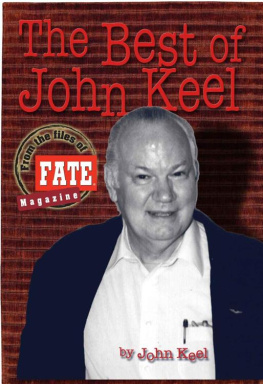
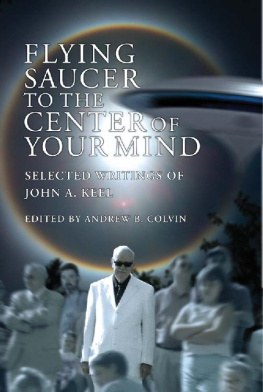
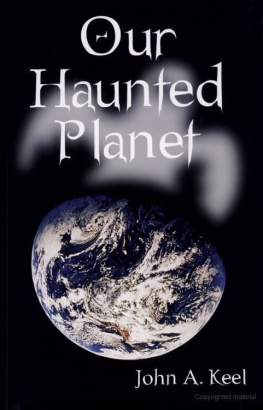
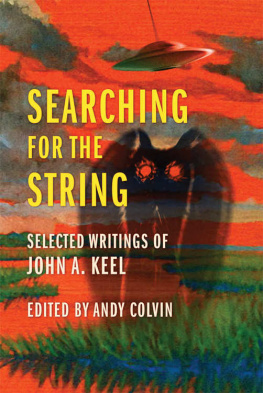
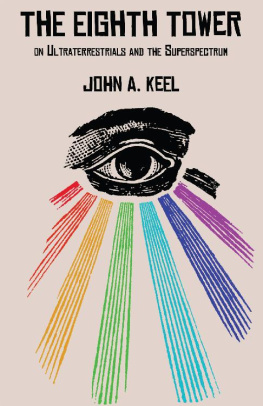
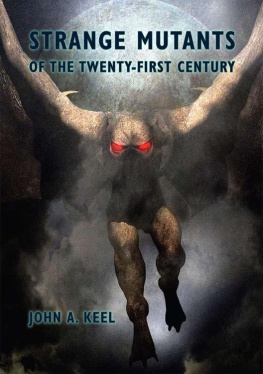


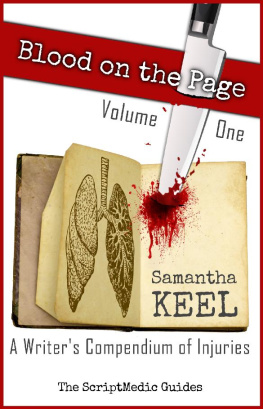
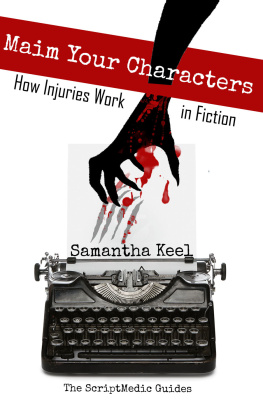

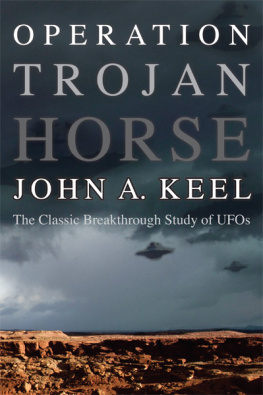
![Othmar Keel - The Song of Songs [Song of Solomon]](/uploads/posts/book/82605/thumbs/othmar-keel-the-song-of-songs-song-of-solomon.jpg)